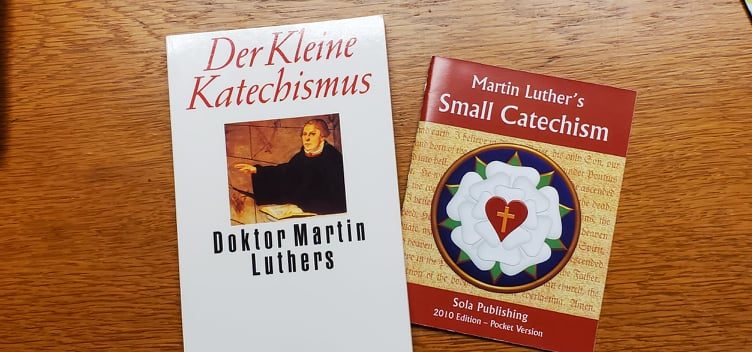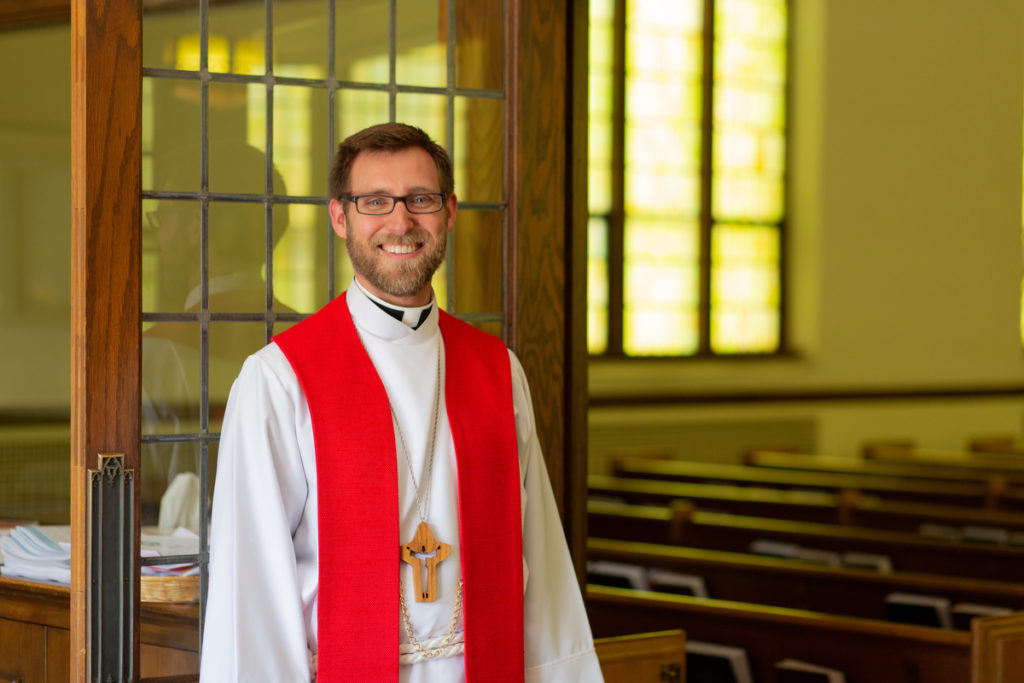A concerned member of the ELCA contacted me, asking me to do a review of a new curriculum from Augsburg Fortress’s Sparkhouse. That curriculum is entitled T.B.D.: Think. Believe. Do. Sparkhouse touts it as their newest youth curriculum. A blogpost describes T.B.D.
as a new small group series that gives students the tools to articulate, investigate, and test out their beliefs on a broad range of topics that connect to their daily lives. However, the goal isn’t to come away from each series with a settled idea about the topic. Although they might feel more settled than they did before. Instead. T.B.D. focuses on how students think, not just what they think.
https://blog.wearesparkhouse.org/youth-faith-process
Currently, T.B.D. offers six topical courses on Prayer, Sin, Mission, Salvation, and Bible, broken up into four sessions each. Each session begins with a “Provocative Statement” before moving through three major sections: Think, Believe and Do. After answering a series of thought provoking questions in their journals, students watch a video and reflect on two Bible Passages. Following this, they come up with an honest statement of what they believe as individuals and as a group. Finally, the group brainstorms a low risk way to test out that belief in the following week.
The Video
In the videos that accompany each session, a young person wrestles with questions about the topic of the session. This is very interesting. Like many people today, both young and old, the character in each video turns to the internet, searching for an answer. As you would expect, answers come from all quarters. The internet search yields many quotes from the Bible. Quotes are also given by Luther, Augustine, Calvin, Bonhoeffer, St. Benedict, and other Christian teachers. Others come from more dubious places, like Bart Ehrman and Richard Dawkins. This is what you would expect from an internet search. The character in the video is left with more questions than answers as a result. Pastors and catechists are very familiar with the kind of idiosyncratic views that people develop from their use of the internet.
Values Clarification
The question is where to turn. The answer is more than a little surprising. After pondering challenging statements, watching the video, and looking up two Bible verses, the students are immediately asked to formulate their own responses to the questions. The result is something very similar to the kind of “values clarification” that was practiced decades ago. It’s almost as if the students are told, “You’re on your own. The Bible is unclear and unreliable. The Christian tradition is too varied and contradictory. Who’s to say what is true. You need to chart your own path.”
As a person who grew up in the 1970s, I am quite familiar with this way of teaching. I learned to ask open ended questions and to accept the challenge to decide for myself. Fortunately for me, I had pastors and college professors who pointed me to the answers. (I attended a Lutheran college.) Otherwise, I would have been lost. During my senior year of college, the process of asking open questions and deciding for myself overwhelmed me. I realized that I was drowning in a sea of meaninglessness and purposelessness. In the midst of this, I became acutely aware of my sinfulness. It was then that I turned to the things I had learned from my pastors and professors. In particular, I remembered what I had learned about the Cross and the Resurrection. If I had been left entirely to my own resources, I don’t know where I would be.
A Third Resource?
In T.B.D., youth are presented with two resources with which to interpret the Bible: 1) the confusing diversity of answers given by the internet and 2) their own wisdom and the wisdom of their peers. It’s too bad that a third resource is not introduced into the discussion, namely, the wisdom of the Creedal and Lutheran tradition of interpreting the Bible. If the person teaching this curriculum is a pastor or a well catechized lay person, T.B.D. might not be harmful. The same would be true if it was used with well catechized youth. As one reads the lesson book and watches the video, it is easy to identify answers to the questions that are raised.
For instance, in the unit on Prayer, the video character, a young woman, wrestles with the meaning and purpose of prayer. What does the Bible teach? How is one to pray? Does prayer change things? Why pray if God already knows everything? As I watched, I thought to myself, “It’s too bad the Lutheran tradition doesn’t have a simple but profound explanation of the meaning of prayer; or even better an explanation of the Lord’s Prayer.” At one point, the character finds a link to an article on St. Benedict. She decides to download his daily prayer schedule to her calendar, only to be shocked by the notion that it calls for prayer seven times a day. Again, I found myself thinking, “Too bad Luther didn’t simplify the seven hours of prayer on behalf of the laity, reducing them to two or three times a day.” At another point, the character does a search for the Ten Commandments, hoping that there is something there about prayer. She concludes that the Ten Commandments are no help, since prayer is not mentioned. As one knows, however, Luther’s interpretation of the Second Commandment has a lot to say about prayer.
Unanswered Questions
After reflecting on this curriculum, I am left with a final question. Is the failure to use the catholic and Lutheran tradition a bug or a feature of T.B.D.? In other words, do the developers of T.B.D. assume that teachers and facilitators will make use of the Great Tradition and the Lutheran Confessions? Have they simply forgotten to explicitly remind facilitators of these resources? Or is the intent to encourage students to utilize the widest possible resources, from St. Benedict to Richard Dawkins, to formulate their own system of beliefs? If so, the result will not be formation in the Christian faith, but instead in an eclectic post-Christian form of spirituality.
Ironically, I can remember a time when Augsburg Fortress was criticized for being too Lutheran, too Confessional, too heavy in doctrine. Other publishers, like Group Publishing and Youth Specialties, were preferred because they were more user friendly, more engaging, and more broadly Evangelical. To see a curriculum that makes such sparse use of the Catechism and the Lutheran Confessions is surprising, and not an improvement.



























T.B.D. Sounds pretty much like my seminary education at Luther. Theology…turn to your neighbor, discuss, and report back. Prayer… remember to breath. Worship… create your own. Call…. internal.
What year would this have been?
2008-2012.
Is the ultimate goal to deduce that there is no god and do what thou wilt?
Hell is empty, there is no sin except white supremacy and do what thou wilt is the message of the ELCA leadership.